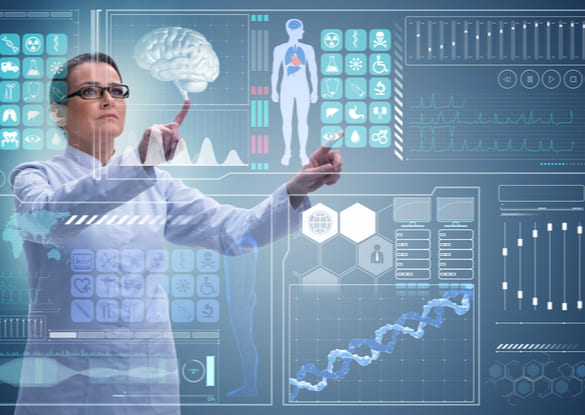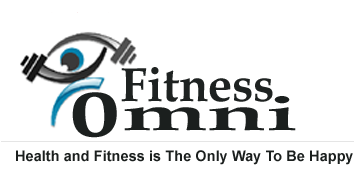Clients using Clinicient Insight EMR Evidence-Based Practice (C ebpr) software offer Clients the tools necessary to make informed decisions about treatment. Clinical Evidence-Based Practice, or C ebpr as it is commonly referred to, is a series of structured documents that describe information from clinical studies and other sources that support the diagnosis, treatment and prevention of disease. In essence, all of the information provided by these documents is based on well-established scientific principles and research findings. Clients rely on the information found within the documents to help them decide what course of action may benefit their individual needs. The use of Clinical EMR tools provides this important information in an easy-to-read format.
The goal of C ebpr is to allow health care professionals to provide accurate and reliable diagnosis and treatment recommendations to patients with a variety of medical conditions or backgrounds. This method of information sharing has been widely used for decades. However, clinical documentation has been considered to be somewhat incomplete and often contradictory. CT scans, MRI scans and other sophisticated diagnostic devices became widespread but remained largely untapped. The creation of the Clinicient Insight EMR software was designed to address the challenges inherent in using various diagnostic devices.
Clinicient Insights can be used by health care providers in several different forms. In one instance, the EMR is a report detailing the information provided by a clinicient during a visit. This report is commonly referred to as a Clinical Report, which is essentially a summary of the discussion and other information contained in a journal article or other written documentation. In many instances, EMRs are used with additional documentation such as radiology reports and laboratory analysis results.
There are many benefits to consistently maintaining a high level of communication between healthcare professionals and patients/clients. This is particularly true when there is a need to make treatment decisions. For example, if a patient is experiencing a particular symptom, but the provider is unsure of the cause, they may make a treatment choice based on the lack of information rather than on the strength of the symptoms. If the client cannot provide information that allows the clinicient to make an informed decision, the process will fail. Likewise, if the medical provider continues to make treatment choices based on inadequate information, the outcome may be worse than if the patient had provided complete information.

When data is gathered and analyzed via EMRs, medical professionals can make more informed treatment decisions. EMR data can provide information that is not readily available through other sources. For example, radiology data cannot be accessed directly through the computer. However, EMR data can be shared and used in a meaningful manner.
In addition, EMRs often allow for better quality control. In some cases, clinical documentation may require input from various EMRs and reports to be edited and maintained properly. However, in most instances, the number of sources and reports utilized is relatively small. This allows for a very thorough level of clinical documentation control. This allows for less likelihood of duplicated data entry errors and, thus, increases the likelihood of accurate reporting.
Additionally, EMRs allow for better control over costs. EMR data is used as a cost control tool by health care providers. Because EMRs only contain relevant information, there is a much lower chance of omitted important medical facts or other documentation. Also, when using EMRs, a medical professional who is unfamiliar with a patient’s medical history is unlikely to miss any relevant information, which may lead to unnecessary delays in treatment or increased billings by the medical provider.
Clinicient Insight EMRs are a great way for health care providers to gain a broader perspective of a patient’s medical history. They can also provide health care providers with important information such as a patient’s drug interactions, allergies, medications, GERD (gastroesophageal reflux disease), cholesterol levels, and so forth. All this along with patient education regarding their health care, is an important part of patient care.





